
We would like to acknowledge the original inhabitants, the First Nations peoples from the Yuggera language groups, whose ancestors inhabited this country pre-settlement, fished its creeks, raised their children, and cared for its alluvial plains.
Acknowledged also are the descendants of the Grenier family who were the original pioneers of the land before it was acquired by the Commonwealth Government for aviation related purposes in 1929.
From its early pioneering days, to its role as Australia’s first international airport, its transformation into a major base during WWII, and continuing on through to today, Archerfield Airport is a national icon. Its role in the growth of aviation in Australia, the development of the region, and its connection of communities, cannot be understated.
Established in the early 1930s, Archerfield Airport has played a pivotal role in Australia’s history. Between 1931 and 1949 Archerfield was Brisbane’s main domestic and international airport. In 1931 it became the headquarters for Qantas, with Australian National Airways (ANA) and Trans-Australia Airways (TAA) also setting up operations in later years.
In 1934, it facilitated the first west-east crossing of the Pacific Ocean by Sir Charles Kingsford Smith. In the same year, it became the birthplace of Australia’s first international Airmail service to England and Qantas began its first international services to Singapore from Hangar 5 in 1935.
Archerfield also served as a major base in WWII when Brisbane became a vital defence bastion, housing the US, Dutch, British and Australian Armed Forces.
Notable aviators and celebrities over the years included Bert Hinkler, Maude ‘Lores’ Bonney, Jean Batten, Sir Charles Kingsford Smith, Gough Whitlam, General Douglas MacArthur and Eleanor Roosevelt.
We invite you to visit us and immerse in the rich history of our airport.

Thomas Grenier purchased a large parcel of land perfect for grazing. Sub-dividing it into three family farms, a legacy was created.

The base for Qantas’ early operations and maintenance facilities, and daring achievements by Maude ‘Lores’ Bonney and Sir Charles Kingsford-Smith, sees Archerfield become an important aviation destination.

The onset of World War II in the Pacific sees Archerfield chosen as a critical military airbase for the RAAF, USAF, RN and RNEIA.
Situated 11km south of the Brisbane CBD, Archerfield Airport is positioned in a large, bustling commercial and industrial hub. Before the bustle of business arrived, the area was largely a lightly timbered plain that was partial to flooding from the nearby Oxley Creek. Years of flood events created rich alluvial deposits, making it some of the most fertile soil in the area.
In 1855, three decades after the first Brisbane CBD settlement and four years before Queensland separated from New South Wales, New Zealand-born Thomas Grenier purchased a large parcel of land for £1,920 (approx $4000 by today’s standard). This parcel of land was 640 acres (2.6 km2), and 11km south of the settlement. He named it ‘Oomoropilly’. This land is where the present-day Archerfield Airport stands.
The Greniers raised a family and nurtured the property. With the help of employed labour, they erected fences, cottages and stables. This led to successful grazing, dairy farming and quality horse breeding. The farm was subdivided into six lots, five of which were given to the Grenier sons, George, William and Franklin, for farming purposes. Thomas set the sixth lot, the smallest, aside for a family burial ground. This burial ground exists to this day and is fondly known as ‘God’s Acre’, housing the remains of around 230 pioneering mortals, including Volney Grenier who was the first to be buried in 1859, when Archerfield was still part of NSW.
As families passed and moved on, the farms changed ownership in the 1870s-90s and early 20th century.
Such was the Grenier family’s impact on the foundational development of Brisbane, their name has been immortalised throughout the city – Grenier Park in Acacia Ridge, four streets around West End and CBD Brisbane, a lane in South Brisbane, and even a street in Toowoomba.
As Brisbane grew, the demand for modern transportation grew. Eagle Farm Aerodrome was founded in the early 1920s, becoming the first aviation destination in Brisbane. Due to its proximity to the Brisbane River and Moreton Bay, it was frequently flooded during wet weather. This prompted the search for an alternative airfield location.
A chief flying instructor from the (then) fledgling airline called Qantas, Captain Lester Brain, set off on a mission to find a suitable location for a new airfield. He set his de Havilland Giant Moth down on a large, flat field just south of the Brisbane CBD. It was the land that was Franklin Grenier’s farm on the Western edge of the original Grenier subdivisions. It was deemed suitable and ultimately rezoned by Brisbane City Council Civic Surveyors as a ‘noxious trade’ zone. To separate it from the neighbouring farming and residential areas, the area was renamed Archerfield.
Between 1929 and 1931, over 300 acres of land were purchased by the Commonwealth Government, expanding its use as a functioning airfield. As the new metropolitan aviation hub grew in popularity, new hangars were constructed and aprons expanded. This infrastructure prompted Qantas to relocate their operations from Eagle Farm to Archerfield, erecting ‘Hangar Number One’ to house all their maintenance services (present-day Hangar 5). Archerfield Airport was officially opened on 1 April 1931 and immediately became vital in Australian aviation.
Such was its quality and popularity, Archerfield was involved in many aviation ‘firsts’. In 1932, using Archerfield to take off and land, Maude ‘Lores’ Bonney became the first woman to circumnavigate Australia. In 1934, Jean Batton became the first woman to fly solo from England to Australia and landed at Archerfield Airport. 1934 also saw the first Airmail Dispatch between Australia and England leave from Archerfield Airport. Discover more ‘firsts’ in the interactive timeline below.
ANA (Australia National Airways) and TAA (Trans-Australia Airways) both chose Archerfield Airport as base operations during the 1930s to 40s. By now, the purchased land had expanded to 825 acres (3.34 km2). Growing demand and air traffic saw the construction of multiple gravel strips, runways, an administration building and a control tower.
At the end of August in 1939, the RAAF No. 23 Squadron flew into Archerfield and made camp. Three days later, England declared war on Germany, thrusting Europe into what was to become the Second World War.
The Commonwealth nations followed England, declaring war in support. Immediately, Archerfield Airport became a training ground for the Royal Australian Air Force (RAAF) No. 3 training school. Hangars were commandeered and extra floor space was added.
When Pearl Harbour was attacked in December 1941, the Pacific region became another World War II frontline. Like many airfields in Australia, Archerfield was placed on ‘War Alert’. Defensive trenches, air raid shelters and decoys were constructed while buildings were painted in camouflage patterns. Hudson bombers and Wirraway trainers were placed on 24-hour alert.
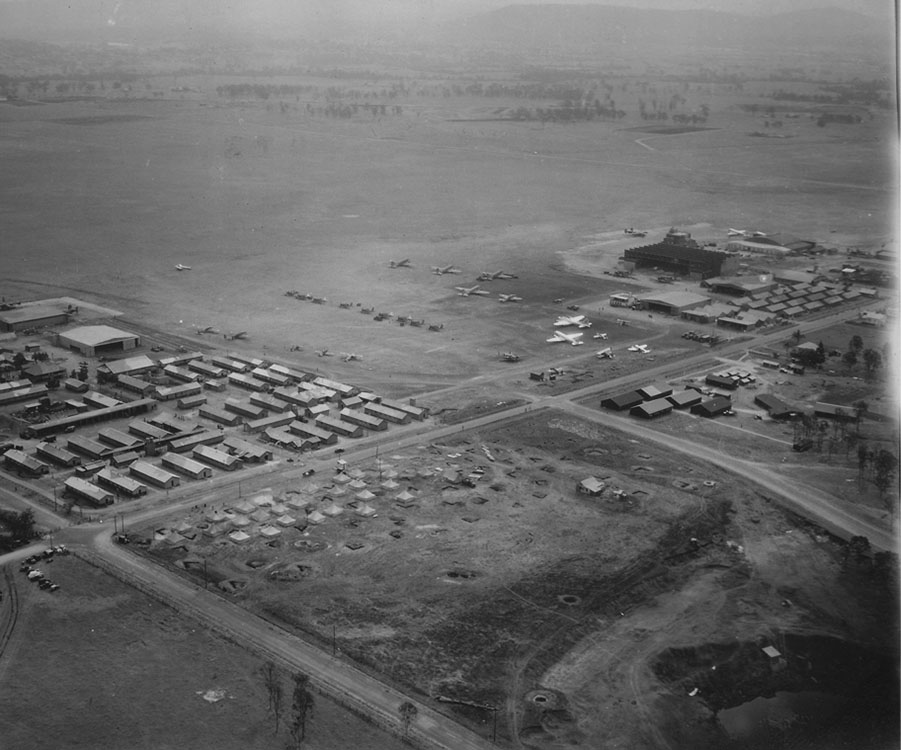


By 1942, US General Douglas MacArthur assigns Archerfield Airport as a critical USAAF base. Immediately, the USAAF expands the airport precinct into the surrounding suburb. Boundary Road is blocked as headquarters, camps, depots and anti-aircraft guns are put in place. A large camp called ‘Camp Muckley’ was erected to the South East to house the growing personnel.
General Douglas MacArthur flew into the airport to award a Distinguished Service Medal in 1943, but not before Hollywood stars Bob Hope, Gary Cooper and John Wayne have passed through on ‘troop morale’ tours. During this time, 5 extra hangars are built on Kerry Road for aircraft maintenance and service. Connected to the main airport via a taxiway, these hangars housed QANTAS and ANA as tenants primarily assigned to service military aircraft. A vast array of aircraft were processed through the depot, including groups of P-38 Lightning, P-39 Airacobra, P-40 Warhawk, P-47 Thunderbolt, P-70 Havoc, B-25 Mitchell, B-26 Marauder, B-18 Bolo, and B-24 Liberators.
As the war drew to a close, the USAAF began transferring control back to the RAAF in May 1944. A month later, the Dutch air contingent was transferred from Canberra to Brisbane. Archerfield became home to 16 Dutch Lockheed Dakotas. In November of the same year, the British Pacific Fleet was formed. The BPF chose Brisbane as its Advanced Fleet Base, and Archerfield as the primary service point for aircraft from its Royal Navy carriers.
The role Archerfield Airport played in the Pacific theatre was an important and highly regarded milestone in its already rich history. Plaques commemorating the RAAF, USAAF and Royal Navy personnel who served in the Pacific theatre can be viewed in the old administration building.
From 1939 to 1945, the airport was the base, host and/or support for the following units:
Royal Australian Air Force (RAAF)
23 Squadron
34 Squadron
38 Squadron
76 Squadron
2 Elementary Flying Training School (2 EFTS)
2 Air Ambulance Unit
4 Communication Flight
323 Radar
324 Radar
325 Radar
342 Radar
RAAF Station Archerfield
United States Army Air Forces (USAAF )
Air Transport Command
21st Troop Carrier Squadron
39th Troop Carrier Squadron
11th Replacement Control Depot
15th Weather Squadron
US Navy (USN)
Aircraft Seventh Fleet Flag Utility Towing Unit
US Army
94th Coastal Artillery (AA) Regiment
104th Coastal Artillery (AA Separate) Battalion
Royal Navy (RN)
1 Transportable Aircraft Maintenance Yard (1 TAMY)
7 Mobile Naval Air Base (7 MONAB)
721 Squadron
1701 Squadron
Royal Air Force (RAF)
1315 (T) Flight
194 Staging Post
Netherlands East Indies Air Force (NEI-AF)
NEI-Transport Section Brisbane
No. 1 NEI – Transport Squadron
19 (NEI) Transport Squadron





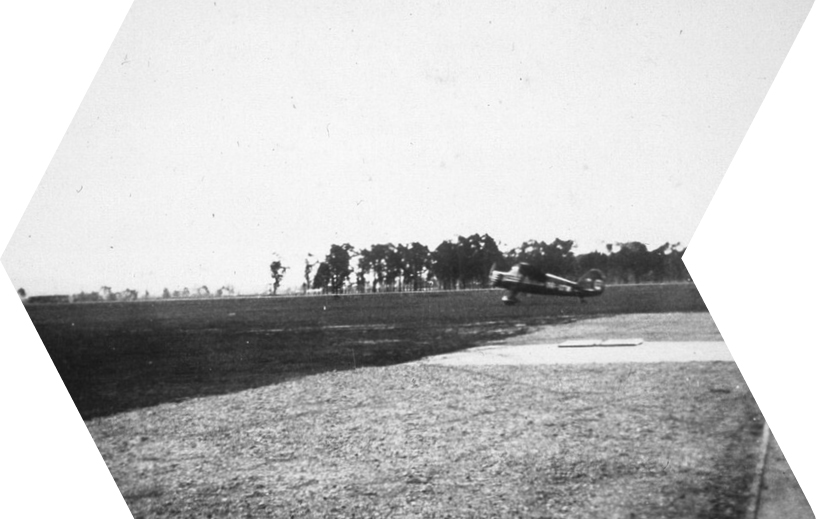

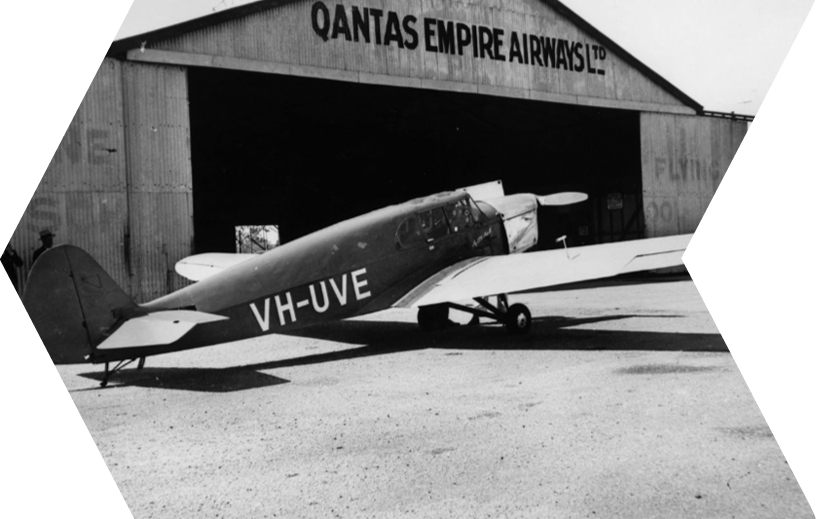


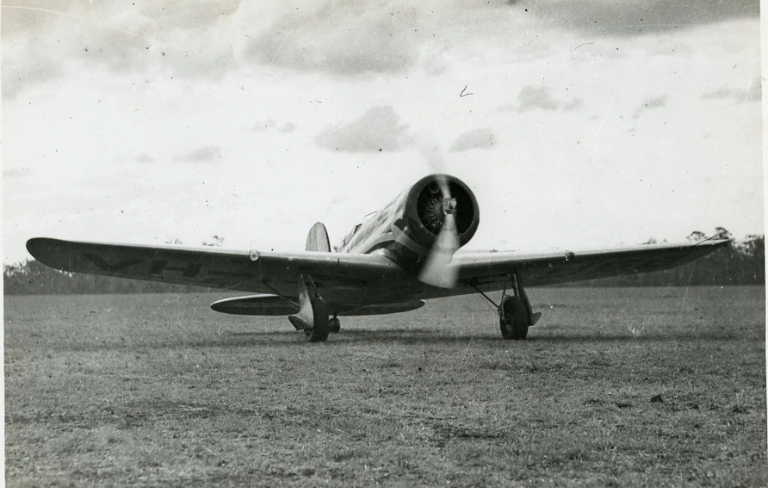


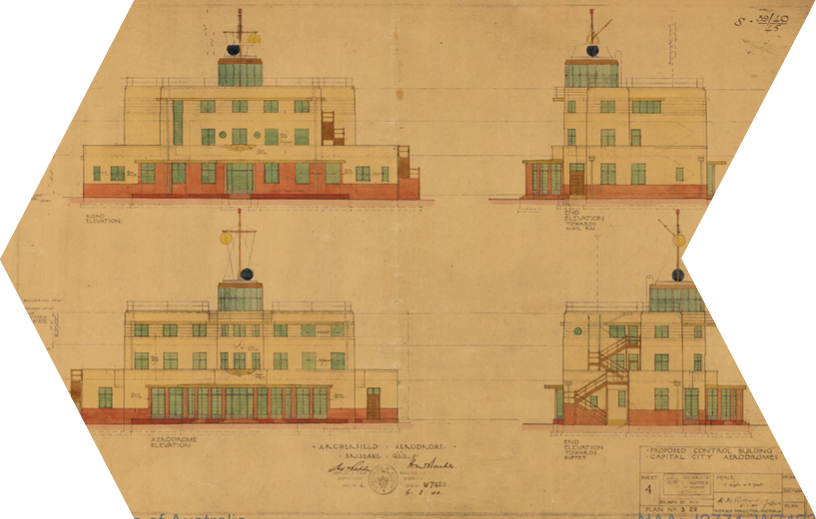





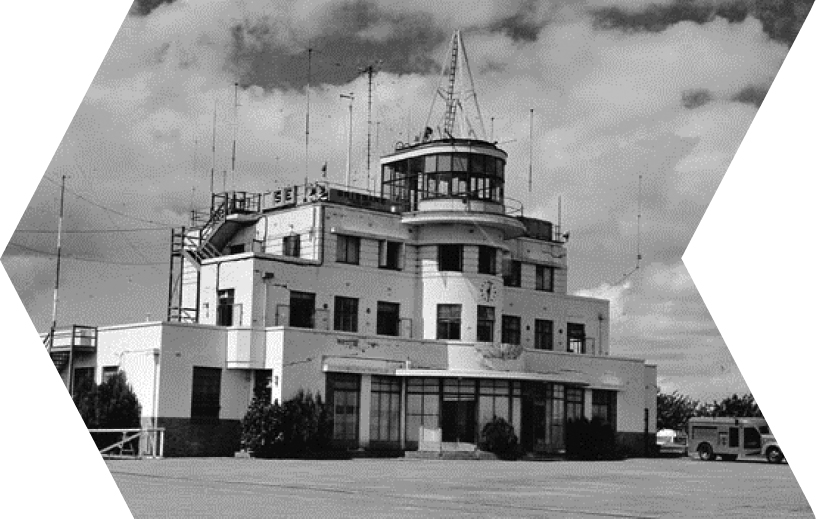

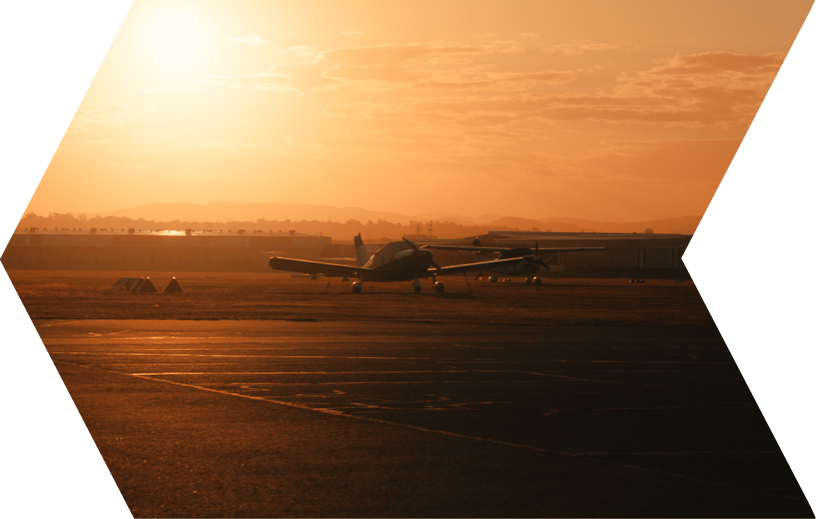


From its birth in 1931, Archerfield Airport has been a leader in aviation exploration, technology and connection of communities. With the rapid advancement in new technologies, including Advanced Air Mobility (AAM), the future of aviation is exciting. Archerfield Airport will be at the forefront of these developments as we prepare for the Brisbane 2032 Olympics and beyond.
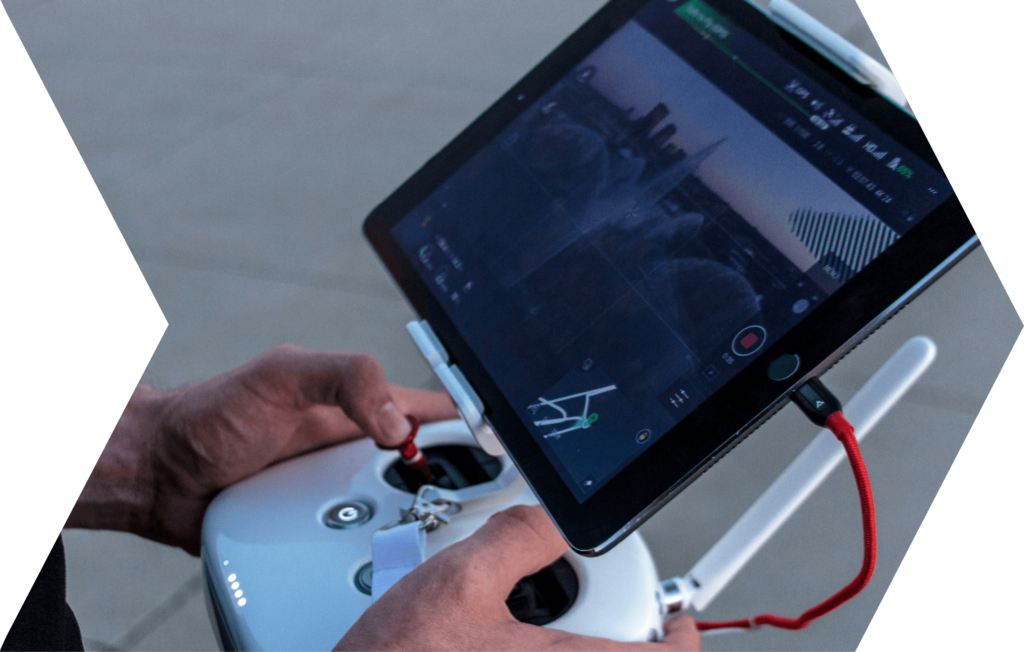
The technology surrounding drone delivery networks, eVTOL air-taxi services and other personal flying devices is already being implemented around the globe. Using case studies and research to understand how this will impact the skies of Australia is vital.
Archerfield Airport is collaborating with various bodies, such as CASA, Airservices Australia, universities, and manufacturers to be at the forefront of this game changing technology.
We are excited to play a role in the Brisbane Olympic Games in 2032 by providing infrastructure and technology for new transport options. With planning already underway for the Olympic venues, Archerfield is the closest major aviation hub. The impact Archerfield Airport can have in facilitating new technology to safely and smoothly deliver passengers, equipment and supplies, to and from the various venues and regional areas, is immense. It will be another milestone in the legacy of Archerfield Airport.


Archerfield Airport’s Masterplan is a broad strategic plan indicating the future vision for the airport and the infrastructure upgrades that may occur over the coming 20 years to achieve this vision. To read how we’re modernising and developing the airport to continue Archerfield’s proud legacy, please find our Masterplan document here.
